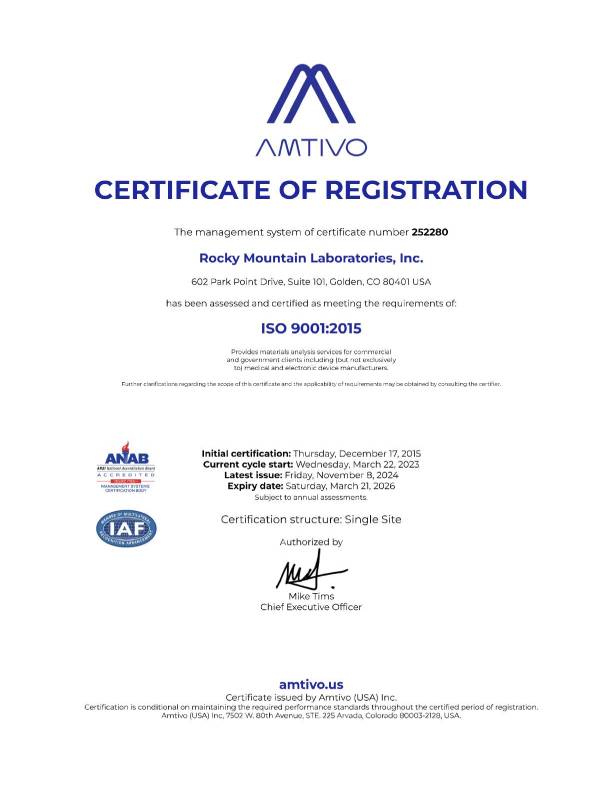The accuracy of FTIR (Fourier-Transform Infrared) spectroscopy depends on various factors, including the quality of the instrument, sample preparation, and data analysis methods. In general, FTIR is considered a highly accurate analytical technique for identifying chemical functional groups, characterizing chemical composition, and studying molecular structures. However, the level of accuracy can vary based on the following considerations:
Instrument Quality: The accuracy of FTIR analysis is significantly influenced by the quality and calibration of the FTIR instrument. High-quality instruments with precise calibration and well-maintained components are more likely to produce accurate results.
Sample Preparation: Proper sample preparation is crucial for accurate FTIR analysis. Samples should be prepared to ensure homogeneity and reproducibility. Inadequate sample preparation, such as uneven mixing, can introduce errors.
Reference Standards: The use of reference standards and known samples can improve accuracy by allowing for calibration and validation of the FTIR instrument. Comparing the spectrum of an unknown sample to a library of reference spectra can aid in identifying compounds accurately.
Data Analysis: Accurate data analysis is essential. The choice of data processing methods, baseline correction, and peak fitting can impact the accuracy of spectral interpretation. Advanced data analysis techniques, such as chemometric methods, can enhance the accuracy of quantitative analysis.
Calibration: For quantitative analysis, calibration standards and regression models are often used to relate the intensity of specific spectral bands to the concentration of analytes. The accuracy of calibration standards and the choice of appropriate regression methods are critical for quantitative accuracy.
Environmental Conditions: Environmental factors, such as temperature and humidity, can affect the accuracy of FTIR measurements. Controlling and monitoring these conditions is important for reproducibility and accuracy.
Sample Matrix: The composition and nature of the sample matrix can impact accuracy. Interference from other compounds in the sample matrix may affect the interpretation of spectral data.
Instrument Resolution: The choice of spectral resolution can affect accuracy. Higher spectral resolution can provide more detailed information but may require longer acquisition times and increased sensitivity to noise.
Sample Concentration: For quantitative analysis, sample concentrations should fall within the linear range of the instrument’s calibration curve. Extremely high or low concentrations may lead to inaccuracies.
FTIR spectroscopy is considered a highly accurate technique when performed correctly, with proper instrument calibration, sample preparation, and data analysis. Accuracy can be enhanced by using reference standards, applying appropriate calibration methods, and ensuring that the sample and instrument conditions are well-controlled. Researchers and analysts should also be aware of the limitations of FTIR and understand its capabilities for various types of analyses.



